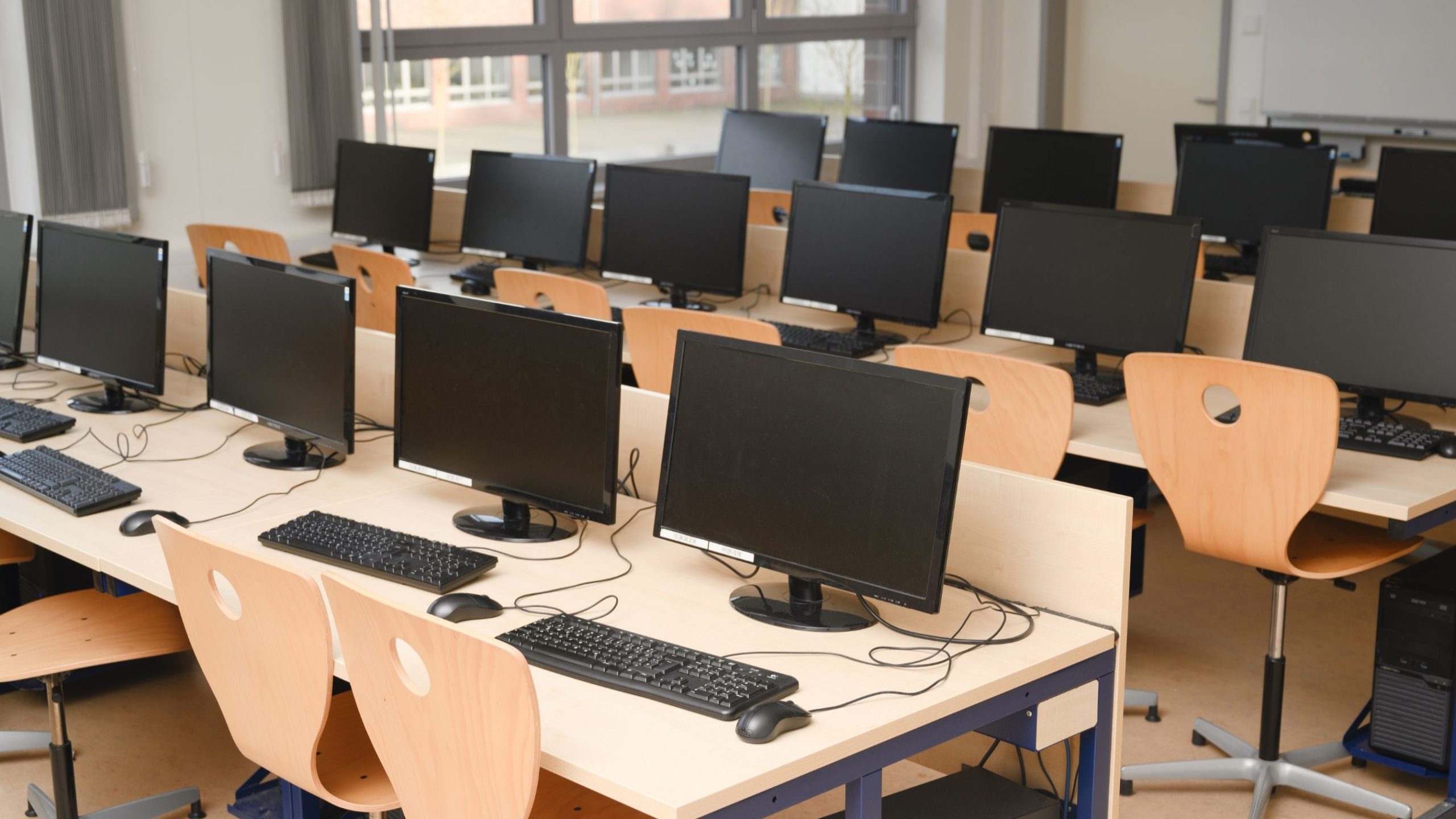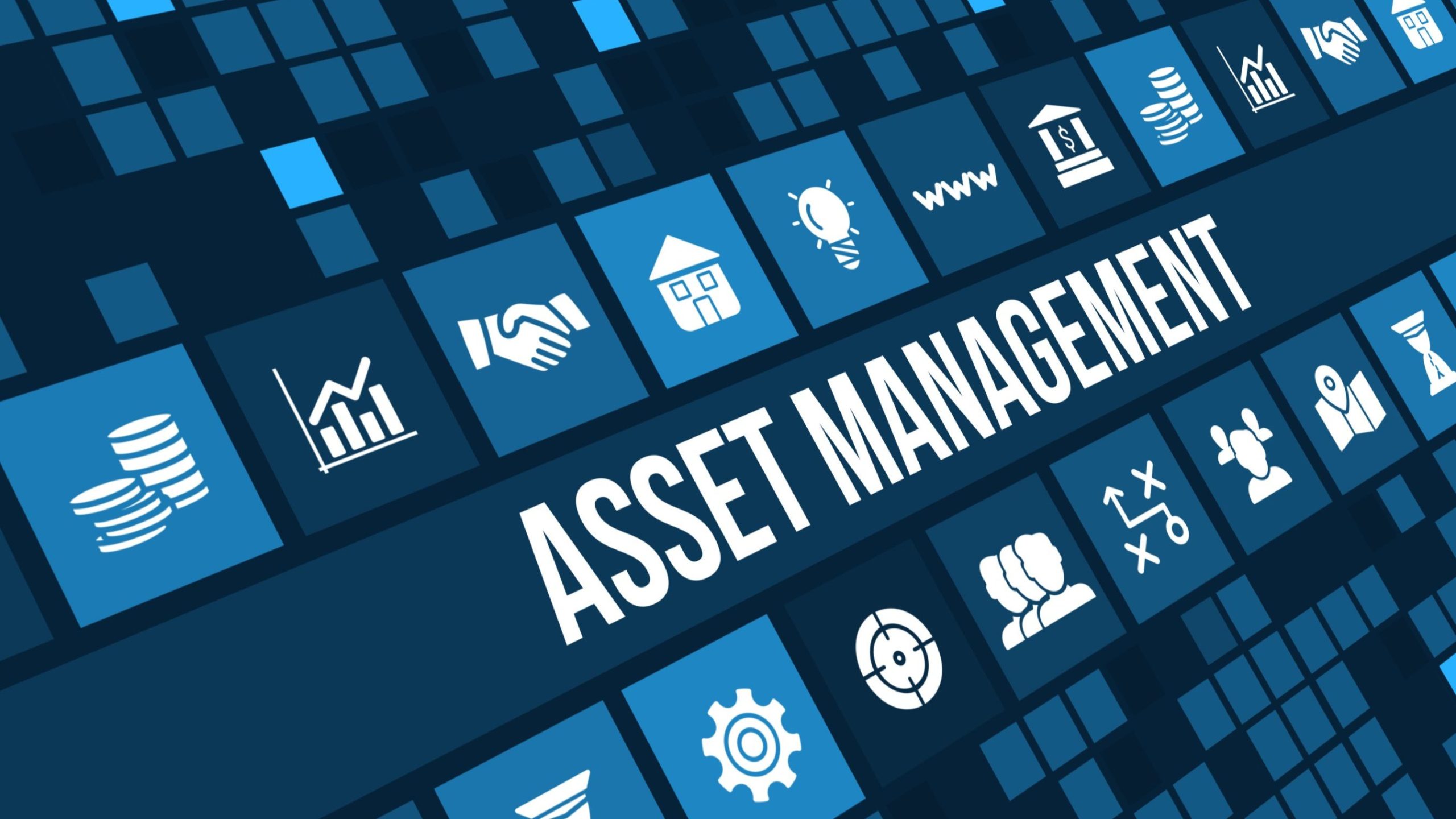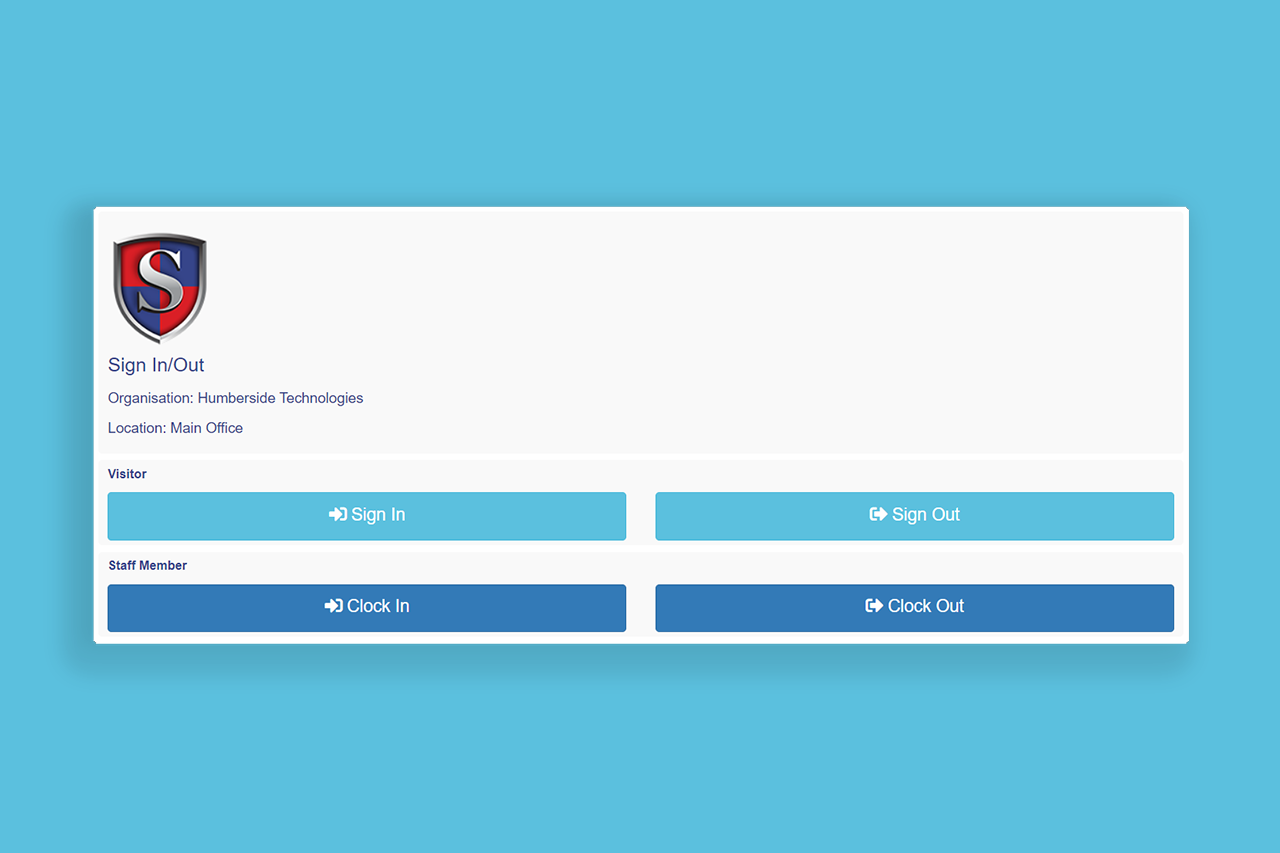Home / News / Why Schools Should Take Inventory and Asset Management Seriously
Why Schools Should Take Inventory and Asset Management Seriously
Schools are increasingly under pressure to do more with less. Whether it’s managing tight budgets, keeping up with the latest technology, or simply making sure classrooms are properly equipped, having a clear picture of what resources are available (and where they are) is more important than ever.
This is where asset management comes in. It might not be the most glamorous part of running a school, but it plays a critical role in keeping things running smoothly and making sure all your money is spent wisely.

Knowing what you have (and where it is)
From laptops and tablets to lab equipment, textbooks, and even furniture, school buildings contain a lot of valuable items. Without a reliable system for tracking them, it’s easy for them to go missing or just sit unused in a cupboard somewhere.
An inventory tracking system helps schools keep tabs on what they own, where it’s located, and who’s responsible for it. It also makes it easier to spot if something has been lost, stolen, or needs replacing.
Avoiding wasteful spending
If staff don’t know what’s already available, it is very easy to end up buying equipment that’s already sitting in storage somewhere. That’s money that could have gone towards other priorities like teaching supplies, maintenance, or new learning resources for students.
With a well-documented inventory, a school can make smarter purchasing decisions and stretch their budget further.

Staying on top of maintenance
Some assets (e.g. science lab equipment, musical instruments, classroom projectors etc.) need regular upkeep to stay in a good condition. Keeping a frequent log of when items were last checked or serviced can help prevent them from unexpectedly breaking down. This will in turn make sure that everything is working properly when it’s needed.
Regular maintenance also helps you to plan ahead for replacements, so you’re not caught off guard when a set of computers all hit the end of their life at the same time, for example.
Supporting teaching and learning
When classrooms are properly equipped and resources are easy to find, lessons run more smoothly. Teachers aren’t wasting time hunting for a missing charger or working around a broken projector, and students benefit from a more consistent and well-prepared learning environment.
Good asset management might not be visible to pupils, but it makes a difference to their experience.

Preparing for audits and insurance claims
Schools are often required to report how they use public funds, especially when it comes to grants or funding tied to specific projects and equipment. Having a clear record of purchases and locations of your assets makes it much easier to meet those requirements.
Also, in the event of a fire, flood, or break in, an up-to-date digital asset register can be the difference between a straightforward insurance claim and a long, frustrating process.
What should you do next?
If you are not already centrally keeping a track of all your assets, you should:
- Review regularly – An annual or termly audit can help to catch errors, identify missing items, and keep the system reliable over time.
- Start small – Begin by tracking high-value items like laptops, tablets, and lab equipment. Once you have this in place, expand to include furniture, textbooks, and other learning resources.
- Use digital tools – There are plenty of affordable asset management platforms like Smartlog available on the market. Smartlog even allows barcode and NFC scanning, and the digital asset register allows you to view and manage your inventory from anywhere in your school using just your phone.
- Get staff on board – Everyone plays a part in keeping the inventory accurate, from teaching staff to the facilities team. A bit of training in your asset management procedure and a shared understanding of the process can go a long way.

Conclusion
Schools aren’t warehouses, but they do contain and manage a huge number of valuable items. Having a clear, well-maintained asset management system isn’t just good practice, it’s essential. A great system will help you avoid unnecessary costs, keep classrooms running smoothly, and provide peace of mind for staff, governors, and parents alike.
If your school isn’t already tracking its assets properly, now is the time to start.




